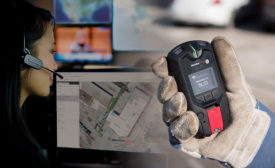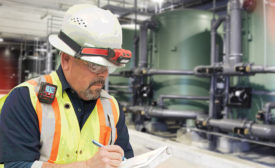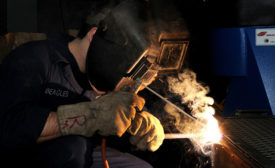Safety Technology
A NIOSH Science Blog post
Flame detectors must match your ignition scenarios
Prioritize your fire risks
November 1, 2019
Better illumination benefits safety; reduces environmental footprints
Limits of legacy lighting
November 1, 2019
Never miss the latest news and trends driving the safety industry
eNewsletter | Website | eMagazine
JOIN TODAYCopyright ©2024. All Rights Reserved BNP Media.
Design, CMS, Hosting & Web Development :: ePublishing








